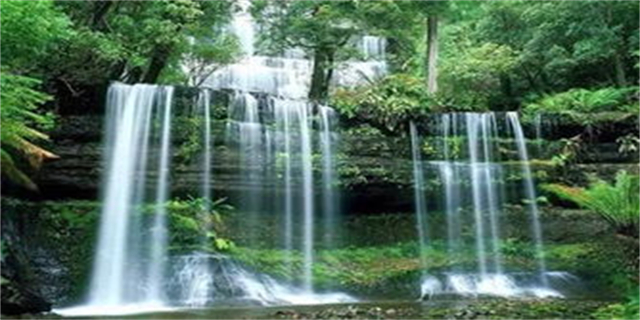stonehenge(Stonehenge A Glimpse into Ancient Mystery)

Stonehenge: A Glimpse into Ancient Mystery
Stonehenge, a marvel of engineering and a testament to human ingenuity, has intrigued scientists, historians, and visitors alike for centuries. This prehistoric monument, located in Wiltshire, England, holds numerous secrets waiting to be unraveled. From its enigmatic construction to its possible astronomical significance, Stonehenge continues to captivate the imagination and provide clues about our ancient ancestors and their deep connection with the cosmos.
The Enigma of Construction
One of the most baffling aspects of Stonehenge is its construction. This ancient monument is composed of massive stones, some weighing up to 50 tons, arranged in a circular pattern. How could a civilization without the advanced tools and machinery that we have today move such enormous stones and align them with such precision? Theories abound, ranging from the possibility of ancient levitation techniques to the assistance of extraterrestrial beings. Despite the lack of consensus among experts, the construction methods employed by the ancient builders of Stonehenge continue to fascinate and elude us.
Astronomical Significance
Many believe that Stonehenge was more than just a monument; it served as an astronomical observatory for its ancient creators. The alignment of certain stones within the circular structure corresponds to important celestial events, such as solstices and equinoxes. Some researchers argue that Stonehenge was designed to track the movement of celestial bodies and mark significant dates in the ancient calendar. The precision with which these alignments were made, considering the limited technology available to the builders, is a testament to their knowledge and understanding of the cosmos.

Symbolism and Purpose
While the exact purpose of Stonehenge remains a mystery, various theories have been put forth by experts in the field. Some believe it was a place of religious worship, serving as a center for ceremonies and rituals. Others argue that it was a burial ground, with its circular shape symbolizing the cyclical nature of life and death. There are also theories suggesting Stonehenge was a place of healing, due to its proximity to natural springs and the presence of certain medicinal plants in the area. Regardless of its true purpose, Stonehenge undoubtedly held great significance for its ancient creators and continues to hold a place of reverence in our modern world.
In conclusion, Stonehenge is an enduring enigma that sparks curiosity and wonder. Its construction, astronomical alignments, and symbolic significance all contribute to its mystique. As we continue to study and explore this ancient monument, we hope to unravel the secrets it holds and gain further insight into our human past. Stonehenge stands as a testament to the creative spirit and quest for understanding that has driven humanity throughout the ages.












